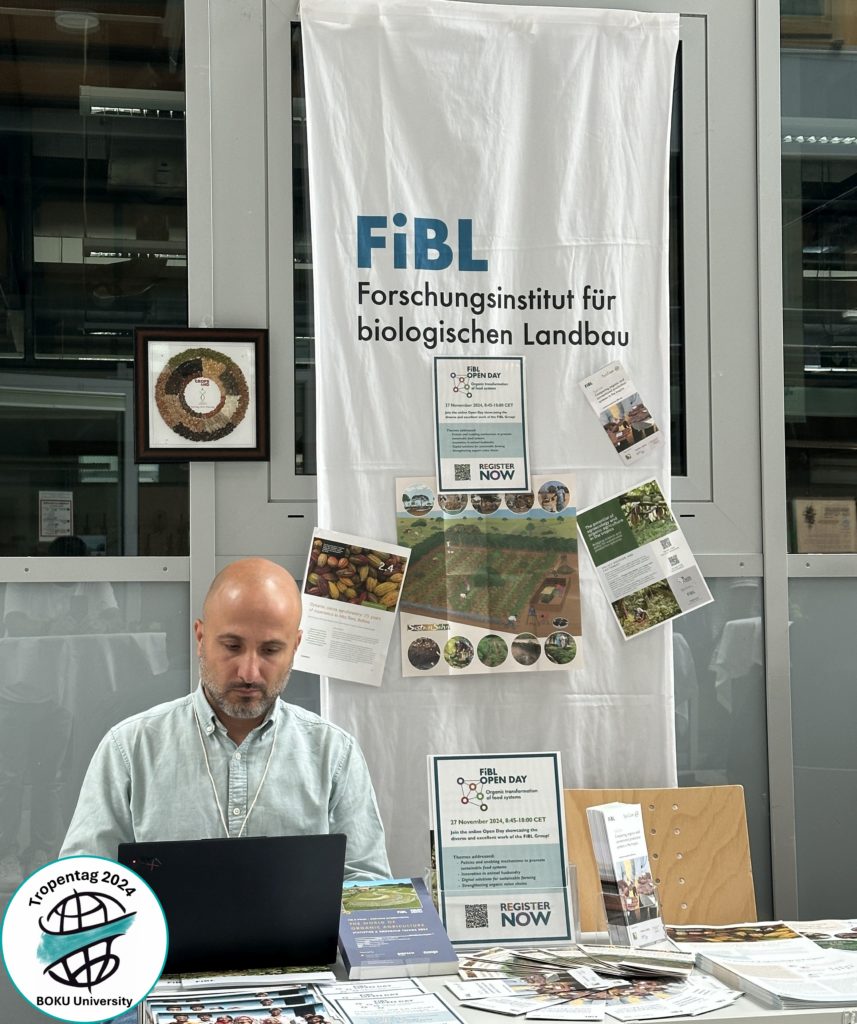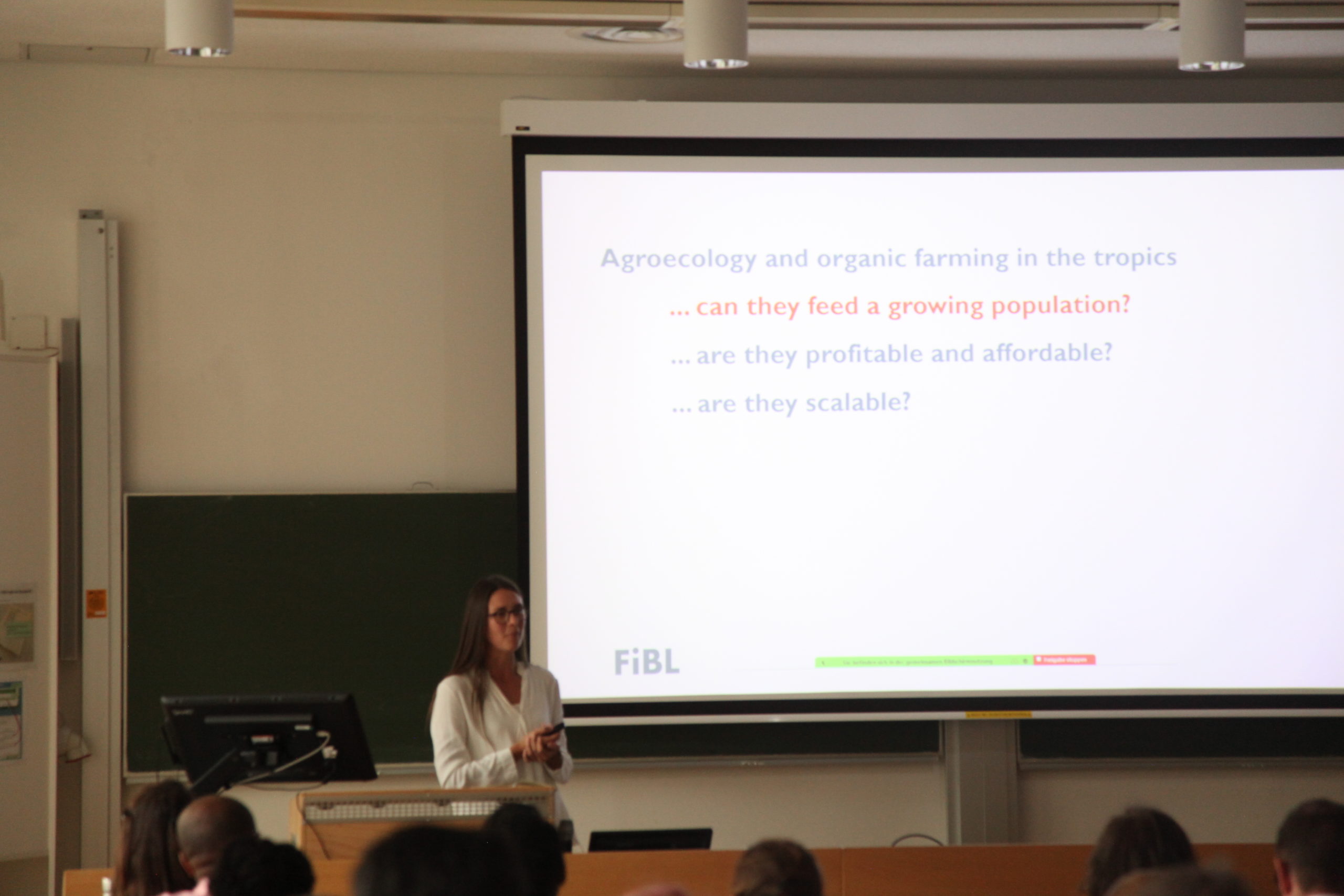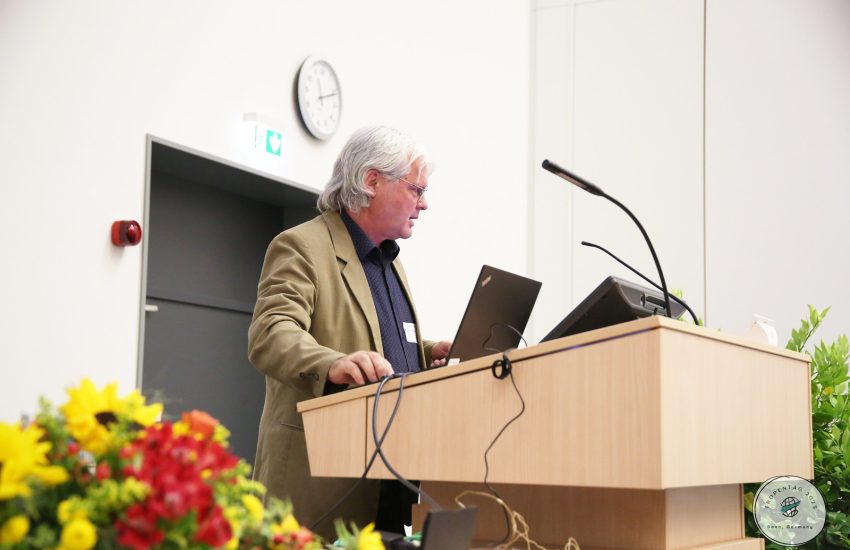The Yield Gap: a thing from the past? Can organic become the new conventional?
Due to lower quantities per hectare compared to conventional methods, organic agriculture is seen as an unrealistic strategy to feed the world. The yield gap is what separates the two, currently positioning us at the shoreside of intensified, conventional farming. But is this yield difference as conclusive as it seems? Or are there alternative ways to combine sustainable organic practices with long-term, sufficient supply that will meet the nutritional requirements of the growing population?
As conventional farming techniques have led us astray from the path of achieving the 17 SDGs – a growing body of evidence connects agricultural intensification to a myriad of environmental detriments, among which the pollution of soils, loss of soil fertility, erosion, degradation of fresh water and coastal ecosystems due to eutrophication, loss of biodiversity, and the list goes on (Srednicka-Tober et al., 2016) – scientists turn to organic farming and agroecology as a durable solution that has the potential to address the multitude of challenges facing agriculture today. This in turn places the yield gap under the microscope yet again.
In its newly published report in 2024, the world’s leading research institute for organic agriculture, FiBL summarised 88 scientific publications to present policymakers with scientific evidence on how organic agriculture and agroecology can support production systems in the tropics. The central misconception being addressed – Organic farming does not have the ability to feed a growing population, it is not sufficiently profitable, affordable, and most importantly, scalable (FiBL, 2024).
In this blog article we will focuse mainly on its potential to reap the same results as conventional agriculture and the conditions behing the existance of the yield gap.

Does that mean that the yield gap is no more?
The gap demonstrates the difference in percentage between organic and conventional yields regarding specific crops and geographical locations. Accordingly, it differs greatly between system type, crops, soil quality, etc. (Dittmer, Rose, & Snapp, 2023). However, after analysing the scientic publications addressing this topic, FiBL comes to the conclusion that the gap has been likely overestimated. The main reasons for that are:
- the limited sample sizes used,
- the inclusion of predominantly low-input, poorly managed organic farms as a contrast to the high-yielding conventional operations,
- a focus primarily on “cash crops”,
- the underfunding of organic research, and publication bias toward overestimation of the yield gap.
(FiBL, 2024)
At the same time, we must be cautious about putting all organic producers in the same boat. It is not the rigor of the science behind the calculations of the yield gap that FiBL is investigating, but rather the sampling and the extrapolation of the results which assume all organic farmers to be more or less the same. These findings do not negate the existance of a yield difference, however, they emphasize the need to take current estimations as presented by the literature with a pinch of salt, when it comes to extrapolating the results to all organic operations. Nonetheless, the evidence still highlights major obstacles for organic farmers in achieving optimal productivity.
Holdbacks…or key opportunities?
Pest pressure is one of the major factors limiting yields, as highly efficient synthetic pesticides are forbidden in organic farming. There are of course reasons behind the ban, negative side effects like increasing pesticide resistance and health risks due to higher toxicity support the organic cause. However, evidence shows that in organic farms where conventional pesticides are substituted with less effective organic products the associated yields are respectively lower (FiBL, 2024). This is not the case for holistically managed organic farms that incorporate the best practices of the specific area, for example, the case of French bean in Kenya:
French beans play an important role in the Kenyan export economy and as such are the point of interest for a lot of scientists and farmers. Here as well inefficient organic pesticides result in up to 30 – 60% lower yields due to pest pressure. However, long-term trials which focused on the implementation of a holistic organic approach with best practices that fit the Kenyan context (e.g., intercropping) along with improved, locally sourced organic pesticides, managed to achieve similar or even higher yields compared to conventional farms (FiBL, SysCom, 2023).
This prominent example demonstrates the potential of a holistic management approach, that is not bound to specific practices but takes the local knowledge and environmental factors into account.
Another challenge facing organic agriculture is the nutrient availability in the soil. The tropics oftentimes are characterized by depleted soils and comparatively low soil fertility. This is further exacerbated by the fact that most crop varieties available on the market have been bred and selected for a different kind of system: high-input, conventional agriculture. This results in the lack of genetic traits that could address the pressing challenges on the ground.
Nonetheless, it could open up an abandoned possibility for organic producers to turn to traditional varieties, that have been bred in their native environments, thus, minimizing the otherwise high reliance on synthetic inputs and the high nutrient demand of the plant.
Diversity. Not only among humans but among our crops as well.

Saving the best for last, one of the main findings from the report centeers around crop diversity.
Diversification strategies like crop rotations, intercropping, and multi-cropping, have the potential not only to bridge the gap, but also in some cases to even produce almost twice as much yield per hectare as monoculture farming (Dittmer, Rose, & Snapp, 2023).
This is the case if we consider total farm yield, instead of concentrating solely on cash crops. Fig. 1 illustrates this shift in the conceptualization of agricultural productivity by comparing a diversified agroecological system in the tropics with a monoculture one. Evidence exists to support the thesis that the integration of various crops, trees, and even livestock contributes to higher total calories produced and a higher diversity of nutrients in the system (FiBL, SysCom, 2023). Thus the overall efficiency of the farming operation is increased and adverse effects from extreme climatic events and pests can be weakened (FiBL, 2024).
Author: Bojidara Ilieva
References
- Dittmer, K., Rose, S., & Snapp, S. (2023). Agroecology Can Promote Climate Change Adaptation Outcomes Without Compromising Yield In Smallholder Systems. Environmental Management, 333-342. doi:https://doi.org/10.1007/s00267-023-01816-x
- FiBL. (2023). SysCom. Retrieved from Farming Systems Comparison in the Tropics: https://systems-comparison.fibl.org/index.html
- FiBL. (2024). Cultivating change with agroecology and organic agriculture in the tropics: Bridging science and policy for sustainable production systems. FiBL Schweiz. doi:10.5281/zenodo.10521540
- ŚREDNICKA-TOBER, D., OBIEDZIŃSKA, A., KAZIMIERCZAK, R., & REMBIAŁKOWSKA, E. (2016). Environmental Impact of Organic vs. Conventional Agriculture – A Review. Journal of Research and Applications in Agricultural Engineering.



